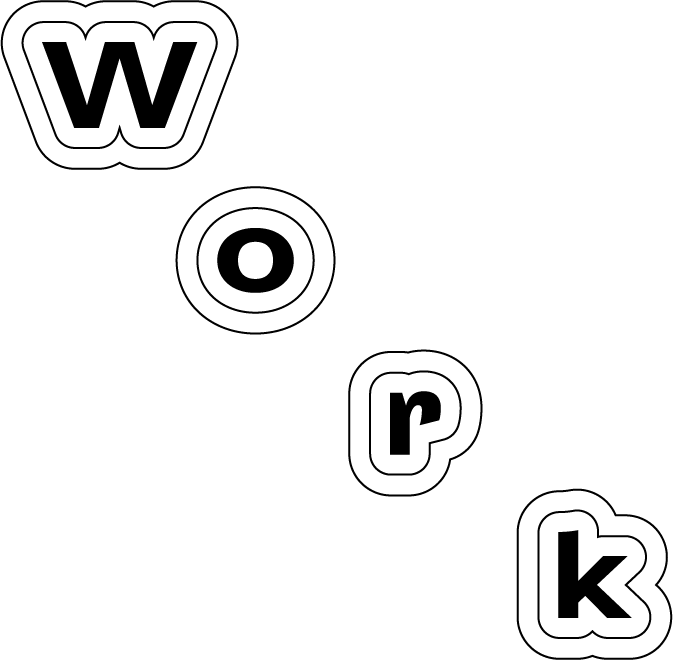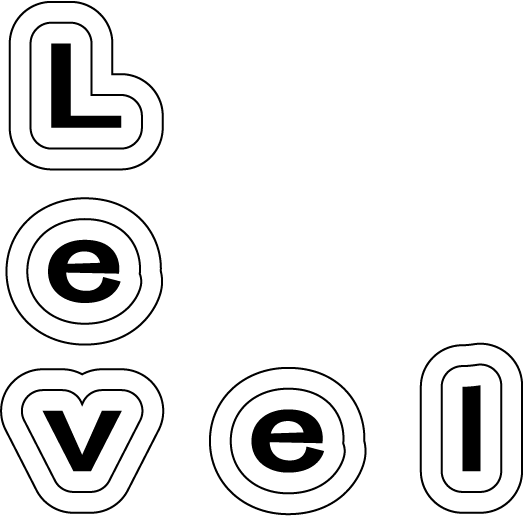
Issue 10
Listening with Artists
“There is nothing new under the sun, but there are new suns.” –Octavia Butler
“There is nothing new under the sun, but there are new suns.” –Octavia Butler

—
LETTER FROM THE EDITORS

Artistic labor tends to be undervalued and misunderstood. In many ways, artistic labor can look like any other profession, but a focus on art as a product leaves many moments within a practice unaccounted for: for instance, the untold hours developing a skill or acquiring and maintaining equipment; the hours spent dreaming, thinking, observing, and questioning. Artists are wonderful investigators into these smaller moments that make up a day’s work, and their analysis is key to understanding labor issues that affect all of us.


Issue 10, Gathering Movements, explores artists’ connections to labor, as thinkers, activists, and documenters. In this issue, we asked how artists can help us to better understand issues that impact all workers, but most of all, we ask, where is the labor in an artistic practice? What is appreciated as labor, and where do these definitions become murky? Artists thrive in those in-between spaces where dreaming and play become part of the work of creating a better world.
All of the contributors, of course, are artists. Most balance their artmaking with additional labor as teachers, caregivers, sex workers, and organizers. In their unique ways, all help us to dream of a better, more abundant world with fluid boundaries between work, play, and artmaking.


With gratitude,
Kate Blair and Jessica Ferrer
Editors
A note on the editorial images and typesetting in this issue:
What is labor? How far does it travel? Perhaps by looking towards the world anew in humility and belonging we might fathom the photosynthetic state of a plant as a kind of labor. Or the surfaces of the organic and inanimate working together while prepping food as a certain kind of labor, too. Or the ancestral knowledge flowing through our bodies, or the images signaling on the back of a moth, each as its own tacit kind of work. Compounding gestures of many singular movements lay bare dimensions of the labor process, ranging from methodical approaches to social interactions. The perimeters of objects can indicate those thresholds of compounding movements. They create a sort of scan, vectorizing that line between space and time. Perhaps that is why labor is so “facet-full”. It carries more than two values, one that is being made, and one that has been made. Editorial photos were 3-channel color-treated and derived from process-driven prompts and material experimentation from the editorial team. Photographs courtesy of Jessica Ferrer, Allie Linn, Luz Orozco, and Sól Casique.
